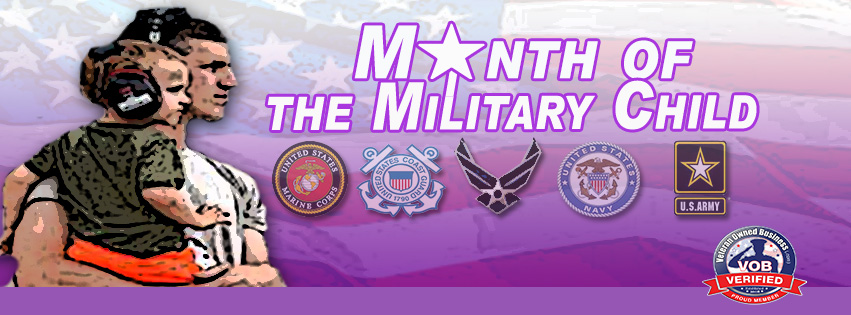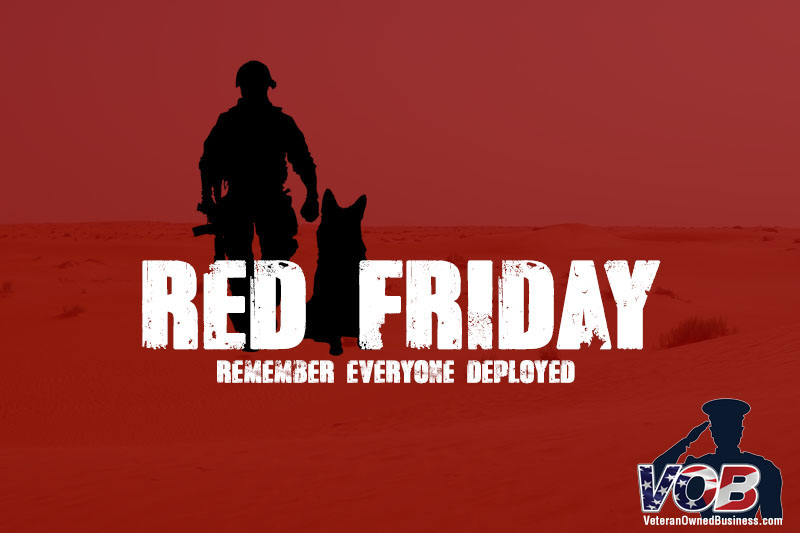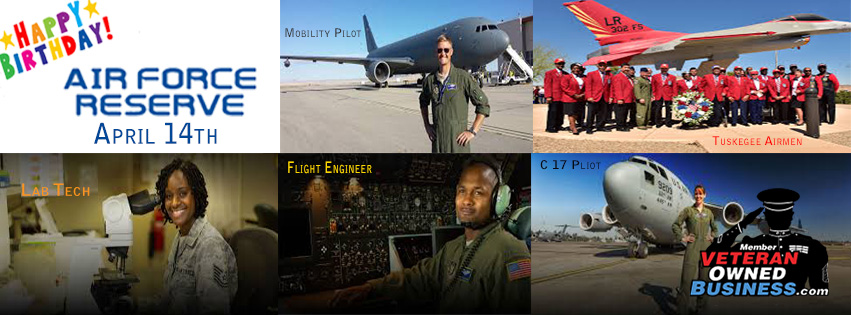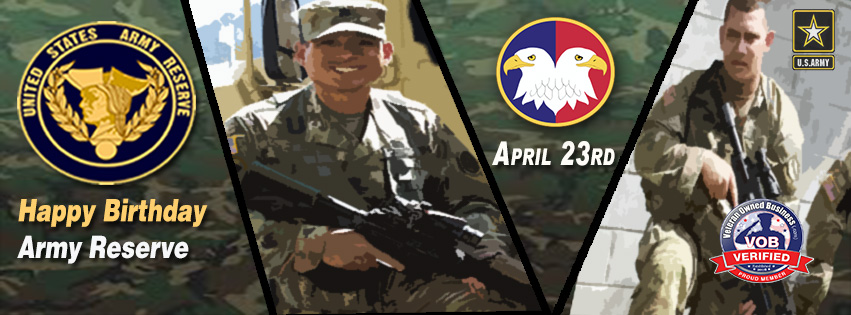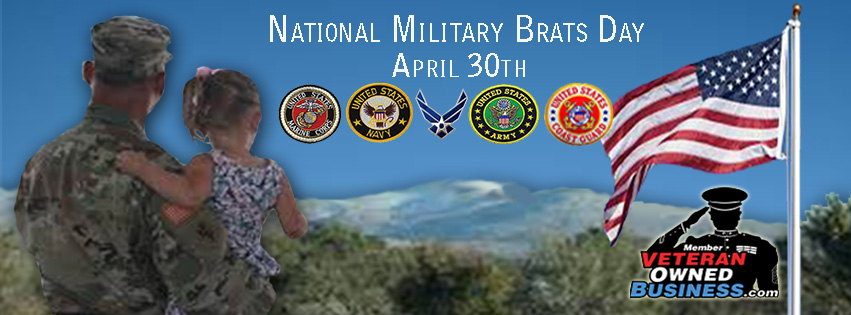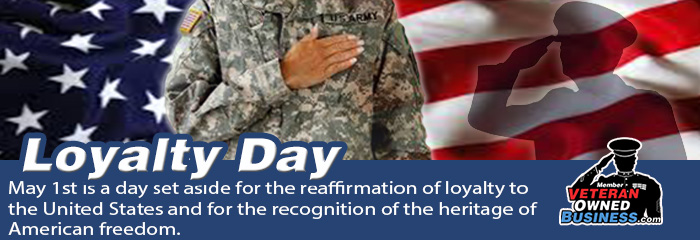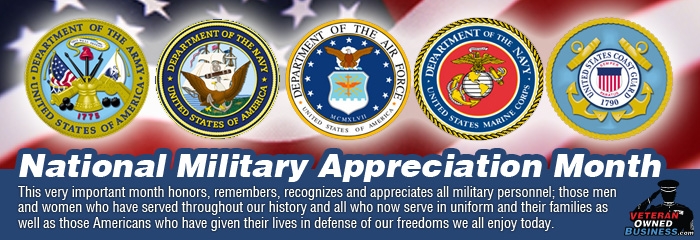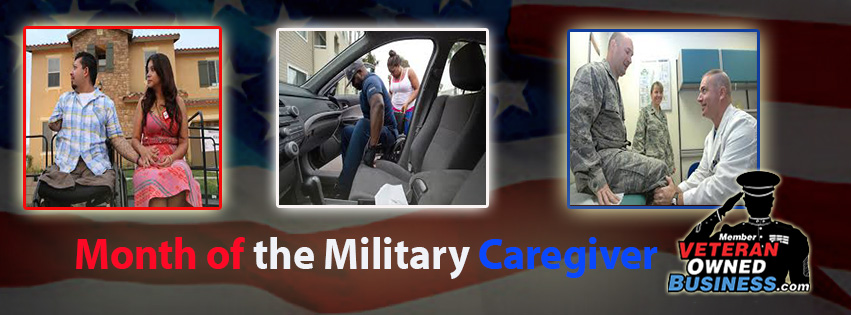December 1st Marks The 72nd Birthday Of The Civil Air Patrol (CAP)
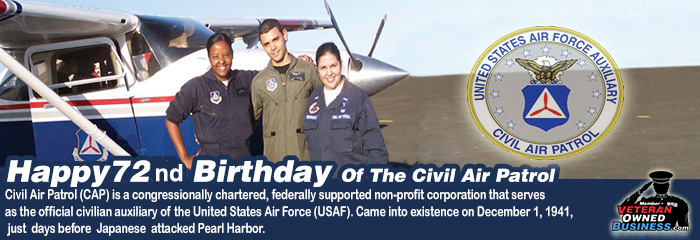 Civil Air Patrol (CAP) is a congressionally chartered, federally supported non-profit corporation that serves as the official civilian auxiliary of the United States Air Force (USAF). CAP is a volunteer organization with an aviation-minded membership that includes people from all backgrounds, lifestyles, and occupations. It performs three congressionally assigned key missions: emergency services, which include search and rescue (by air and ground) and disaster relief operations; aerospace education for youth and the general public; and cadet programs for teenage youth. In addition, CAP has recently been tasked with homeland security and courier service missions. CAP also performs non-auxiliary missions for various governmental and private agencies, such as local law enforcement and the American Red Cross. The program is established as an organization by Title 10 of the United States Code and its purposes defined by Title 36.
Civil Air Patrol (CAP) is a congressionally chartered, federally supported non-profit corporation that serves as the official civilian auxiliary of the United States Air Force (USAF). CAP is a volunteer organization with an aviation-minded membership that includes people from all backgrounds, lifestyles, and occupations. It performs three congressionally assigned key missions: emergency services, which include search and rescue (by air and ground) and disaster relief operations; aerospace education for youth and the general public; and cadet programs for teenage youth. In addition, CAP has recently been tasked with homeland security and courier service missions. CAP also performs non-auxiliary missions for various governmental and private agencies, such as local law enforcement and the American Red Cross. The program is established as an organization by Title 10 of the United States Code and its purposes defined by Title 36.
Membership in the organization consists of cadets ranging from 12 to 20 years of age, and senior members 18 years of age and up. These two groups each have the opportunity to participate in a wide variety of pursuits; the cadet program contributes to the development of the former group with a structured syllabus and an organization based upon United States Air Force ranks and pay grades, while the older members serve as instructors, supervisors, and operators. All members wear uniforms while performing their duties.
Nationwide, CAP is a major operator of single-engine general aviation aircraft, used in the execution of its various missions, including orientation flights for cadets and the provision of significant emergency services capabilities. Because of these extensive flying opportunities, many CAP members become licensed pilots.
The hierarchical and military auxiliary organization is headed by the National Headquarters (with authority over the national organization) followed by eight regional commands and 52 wings (each of the 50 states plus Washington, D.C. and Puerto Rico). Each wing supervises the individual groups and squadrons that comprise the basic operational unit of the organization.
History
Civil Air Patrol was conceived in the late 1930s by aviation advocate Gill Robb Wilson, who foresaw general aviation’s potential to supplement America’s military operations. With the help of New York Mayor Fiorello H. LaGuardia, in his capacity as then-Director of the Office of Civilian Defense, CAP was created with Administrative Order 9, signed by LaGuardia on 1 December 1941 and published 8 December 1941. Major General John F. Curry was appointed as the first national commander.
During World War II, CAP was seen as a way to use America’s civilian aviation resources to aid the war effort instead of grounding them. The organization assumed many missions including anti-submarine patrol and warfare, border patrols, and courier services. During World War II CAP’s coastal patrol had flown 24 million miles, found 173 enemy U-boats, attacked 57, hit 10 and sank two, dropping a total of 83 bombs and depth charges throughout the conflict. By the end of the war, 64 CAP members had lost their lives in the line of duty.
After the end of World War II, CAP became the civilian auxiliary of the United States Air Force, and its incorporating charter declared that it would never again be involved in direct combat activities, but would be of a benevolent nature. The “supervisory” USAF organization overseeing CAP has changed several times. This has included the former Continental Air Command in 1959, the former Headquarters Command, and USAF in 1968, to the Air University (AU) in 1976. Following Air University’s reassignment as a subordinate command to the Air Education and Training Command (AETC) in 1993, USAF oversight of CAP has flowed from AETC at the 4-star level, to AU at the 3-star level, to AU’s Jeanne M. Holm Center for Officer Accessions and Citizen Development at the 1-star level, to a subordinate unit of the Holm Center, Civil Air Patrol-U.S. Air Force, at the colonel (O-6) level. Since its incorporation charter, CAP has maintained its relationship with the USAF, and has continued its three congressionally mandated missions.
Missions
Civil Air Patrol has three congressionally mandated missions: emergency services, aerospace education and the cadet program.
Emergency services
CAP members practice searching for an emergency locator transmitter at the National Emergency Services Academy. The member in front is using an L-Tronics Little L-Per, a type of radio direction finder.
Civil Air Patrol covers several emergency services areas. The principal categories include search and rescue missions, disaster relief, humanitarian services, and United States Air Force support. Other services, such as homeland security and actions against drug-trafficking operations, are becoming increasingly important.
Civil Air Patrol is well known for its search activities in conjunction with search and rescue (SAR) operations. CAP is involved with approximately three quarters of all aerial inland SAR missions directed by the United States Air Force Rescue Coordination Center at Tyndall Air Force Base, Florida. Outside of the continental United States, CAP directly supports the Joint Rescue Coordination Centers in Alaska, Hawaii, and Puerto Rico. CAP is credited with saving an average of 100 lives per year.
CAP is active in disaster relief operations, especially in areas such as Florida, Mississippi and Louisiana that are frequently struck by hurricanes. CAP aircrews and ground personnel provide transportation for cargo and officials, aerial imagery to aid emergency managers in assessing damage, and donations of personnel and equipment to local, state and federal disaster relief organizations during times of need. In 2004, several hurricanes hit the southeast coast of the United States, with Florida being the worst damaged; CAP was instrumental in providing help to affected areas.
Civil Air Patrol conducts humanitarian service missions, usually in support of the Red Cross. CAP aircrews transport time-sensitive medical materials, including blood and human tissue, when other means of transportation (such as ambulances) are not practical or possible. Following the September 11 attacks on the World Trade Center in New York City when all general aviation was grounded, one of the first planes to fly over the destroyed World Trade Center was a CAP aircraft taking photographs.
CAP performs several missions that are not combat-related in support of the United States Air Force, including damage assessment, transportation of officials, communications support and low-altitude route surveys.
As a humanitarian service organization, CAP assists federal, state and local agencies in preparing for and responding to homeland security needs. In particular, the CAP fleet is used in training exercises to prepare USAF pilots to intercept enemy aircraft over the Continental United States. Civil Air Patrol aircraft are flown into restricted airspace, where United States Air Force F-16 Fighting Falcon and F-15 Eagle pilots may practice high-speed intercepts.
The Red Cross, Salvation Army and other civilian agencies frequently ask Civil Air Patrol aircraft to transport vital supplies including medical technicians, medication, and other vital supplies. They often rely on CAP to provide airlift and communications for disaster relief operations. CAP also assists the United States Coast Guard and Coast Guard Auxiliary.
Civil Air Patrol assists the U.S. Customs and Border Protection, Drug Enforcement Administration, and United States Forest Service in the War on Drugs. In 2005, CAP flew over 12,000 hours in support of this mission and led these agencies to the confiscation of illegal substances valued at over US $400 million. Civil Air Patrol makes extensive use of the Airborne Real-time Cueing Hyperspectral Enhanced Reconnaissance system, mounted on the Gippsland GA8 Airvan. The system is able to evaluate spectral signatures given off by certain objects, allowing the system to identify, for example, a possible marijuana crop.
Aerospace education
The Aerospace Education Program provides aviation related education and educational activities for members, including formal, graded courses about all aspects of aviation including flight physics, dynamics, history, and application. Courses covering the space program, and new technologies and advances in aviation and space exploration, are also available. There are several programs for CAP pilots to improve their flying skills and earn Federal Aviation Administration ratings.
The Cadet Program has a mandatory aerospace education program; in order to progress, a cadet must take a number of courses and tests relating to aviation. Cadets also have educational opportunities through museum tours, National Cadet Special Activities, military and civilian orientation rides, and guest speakers.
Senior members may study aerospace through the Senior Member Professional Development Program. CAP encourages its senior members to learn about aviation and its history, although this is not mandatory. Those who complete the Aerospace Education Program for Senior Members may earn the Charles E. “Chuck” Yeager Aerospace Education Award.
Through outreach programs, including the External Aerospace Education program, CAP helps schoolteachers integrate aviation and aerospace into the classroom by providing seminars, course materials and through sponsorship of the National Congress on Aviation and Space Education. Members also provide their communities with resources for better management of airports and other aviation-related facilities, and promote the benefits of such facilities. The organization also works with other groups, such as the Boy Scouts of America, the Girl Scouts of the USA and 4-H to fulfill the education goal set down in the organization’s Congressional charter – to “encourage and foster civil aviation in local communities.”
Cadet programs
Civil Air Patrol’s first cadet program was started during World War II as a way to provide training for future pilots. Since then, the program has flourished, combining aerospace education with leadership and career training.
Today, CAP cadets are those members who join from age 12 through 18. Cadets who turn 18 may either become a senior member or remain a cadet until their 21st birthday at their own discretion. Cadets who join the military must become senior members when they begin active duty. Cadets who join the National Guard or Reserve may remain cadets until they are activated for a purpose other than training.
As a cadet progresses through the cadet program, he/she earns various achievements by successfully passing both Leadership and Aerospace Education tests. Test questions are derived from reading materials supplied to cadets, but the program is also designed to allow cadets to fill ever increasing leadership roles that are pertinent to their Leadership Studies questions.
As cadets advance through the ranks, they also progress through four stages of development. The first phase, The Learning Phase, introduces cadets to the CAP program, and cadets who pass all requirements receive the Wright Brothers award. The second phase, The Leadership Phase, begins placing more responsibility on cadets as leaders of newer cadets. Cadets who complete The Leadership Phasereceive their Mitchell Award, and are eligible for advanced promotion upon enlisting in the military. The third phase, The Command Phase, places cadets directly in command of other cadets, allowing cadets to accomplish tasks through their staff members for the first time. Cadets who complete The Command Phase are awarded the Earhart Award. The Executive Phase is the last phase of the cadet program, and focus cadets on the operations of an entire unit. Cadets completingThe Executive Phase are awarded the Eaker Award. The highest cadet award is the Spaatz Award and is awarded upon passing an extensive cumulative test.
As cadets progress through the program, they are placed in charge of lower ranking cadets. Cadets aren’t given full reign over the others, but instead are expected to instruct classes and mentor each other. Senior members, the adults of the program, also play a large role in mentoring and evaluating cadets. The numerous awards, achievements, and opportunities available to Civil Air Patrol cadets allow them to foster their leadership in an academic and forgiving environment.
Civil Air Patrol also has several cadet squadrons located in middle schools. CAP’s School Enrichment Program (formerly known as Middle School Initiative) is a ready-to-use program for teachers and other mentors conduct leadership training through Aerospace Education classes. Students are introduced to the principles of flight, model rocketry, and also leadership. CAP’s SEP program is similar to a Junior ROTC program. CAP has 47 units located in Middle School classrooms throughout the country.






